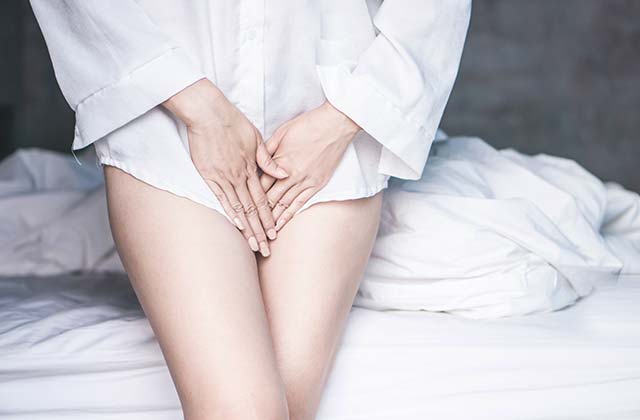Yeast is a fungus that can live almost anywhere. It naturally lives on your skin. Infection happens when these fungi overproduce.
The immune system keeps the yeast under control. However, weakened immune systems contribute to yeast infection.
Yeast infection, nature, causes, symptoms
Candida is the scientific name for yeast. Thus, an infection caused by yeast is called Candidiasis. Yeast infections are a common cause of diaper rash in babies.
Here are other common types of yeast infections:
- Penis yeast infection
Uncircumcised men are prone to this type. Yeast infects the moist skin of the penis. The infection causes the redness and inflammation of the head of the penis and under the foreskin.
Other symptoms include difficulty pulling back the foreskin, unpleasant odour, and white penile discharges.
- Cutaneous candidiasis
This is a yeast infection of the skin or nails. Warm and moist skin folds of the body are typically vulnerable to infection. These include buttocks, breasts, groin and armpits.
Red skin rash can be visible as the size increases. Hair follicles can be infected and may resemble pimples.
- Oral candidiasis
Also known as oral thrush. This occurs when yeast overproduces in the throat or mouth. Thrush is common in babies as their immune system is still developing. Adults who have certain medical conditions have weakened immune systems. They are also prone to developing thrush.
Symptoms include white patches and redness inside the mouth or throat. There can be white patches inside the mouth. The infected person suffers pain when swallowing or eating. Unpleasant taste or loss of taste can also happen.
- Candida esophagitis
If not cured immediately, oral thrush spreads to the esophagus. It makes swallowing difficult or painful. This is more common in people with HIV or AIDS.
The primary symptoms of esophageal thrush are difficulty and pain in swallowing.
- Invasive candidiasis
This is a very serious type of yeast infection. This can affect parts of the body such as the eyes, bones, brain and blood. People who are sick with other conditions are most vulnerable to this type.
- Vaginal (or vulvovaginal) candidiasis
This is a very common type of yeast infection. This itchy infection is due to an overgrowth of Candida albicans. Some other Candida species are also to blame.
Yeast thrives in warm and moist environments. People with limited movement may have reduced airflow to the skin.
Yeast feed on glucose in the blood. Typically, people with diabetes are at high risk of yeast infections.
Medicines kill bad bacteria. However, antibiotics can also change the normal balance of microbes inside the body. Yeast infections are triggered with extended doses of strong antibiotics.
Wearing tight underwear creates a warm, moist environment for the genitals. This can encourage yeast overgrowth.
How to treat yeast infection
The following are general guidelines for caring for infected areas:
Keep the skin dry. Pat the area with a dry towel. You don’t want to irritate the skin further, so don’t rub. If the infection is between skin folds, gently lift the top part and hold it while your pat dry. When you are sweating, dry your skin. Be sure to use a clean towel each time.
Keep the skin protected. Ask your doctor if you should leave the infected area open or cover it with a bandage. Check the skin regularly to ensure the infection is not worsening.
Keep the skin clean. Consult the doctor if you should wash with mild soap and water. Avoid using soap that contains alcohol. Alcohol can irritate and dry the skin.
Yeast infection is commonly treated with an antifungal medication. These are available in different forms, including tablets, sprays, suppositories, ointments and creams.
The type of medication depends on the severity and location of the infection. There are over-the-counter topical treatments.
Some people may require prescription medication. This goes for others that don’t respond with non-prescription treatments or for severe infections.
Talk to your doctor to confirm yeast infection even if you plan to use home remedies. Sometimes other infections can be mistaken for yeast infection. It is best to be sure so you can use the correct treatment. Try going to a walk in clinic Hamilton.
Another option is seeking an online doctor.
Having a yeast infection is irritating. You might not want to go out, you can still have medical assistance online. The doctor will ask you questions related to the symptoms and possible cause of the infection. The doctor can still inspect the infected area through a video call.
A rocketdoctor.ca can recommend maintenance treatment. This medication may take for a week or up to 6 months. This should help prevent the infection from returning.
Yeast infection can be itchy. But be your best not to scratch to avoid the irritation worse. You don’t want cuts in your skin. You also don’t want to spread germs and have more infected areas.
